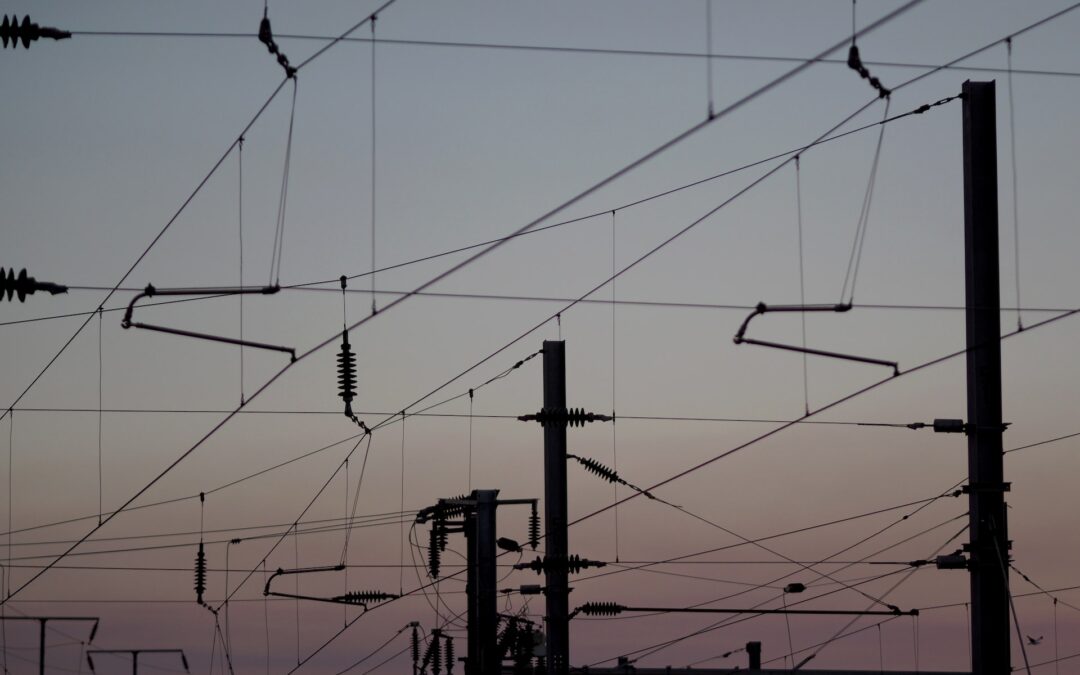When you wander around the outside, looking through all these kinds of electrical power tower and electrical poles, do you have any thoughts on what is exactly the electrical pole mean? We, as a Chinese manufacturer of fittings and hardware used on power transmission line, are eager to share and popularize scientific knowledge about electrical industry. The electrical pole is the normal thing we see it everyday no matter you live in countryside or city, but do you exactly know the different types of its and its usage as well as its applications? Here, let us talk about what does electrical pole mean?
electrical pole also known as utility pole or telephone pole. It is the base and foundation of supporting and fixing power line fittings and hardware. It can be used for deadening different types of electrical engineering tools to safeguard our power safety for houses and other business activities.
Table of content
The different types of electrical pole
For conveying of overhead line, wooden poles, concrete poles, steel poles and rail poles are utilized. Which poles are to be utilized, contingent upon the significance of burden, area, and spot, cost impact of such development, including upkeep cost, In low voltage line for all stages, regular and earth we utilize single pole line. There are various sorts of poles utilized in the electrical framework. These poles are divided into
- Wooden Electric Pole
- Concrete Electric Pole
- Steel Tubular Electric Pole
- Rail Electric Pole
Wooden Electric Pole
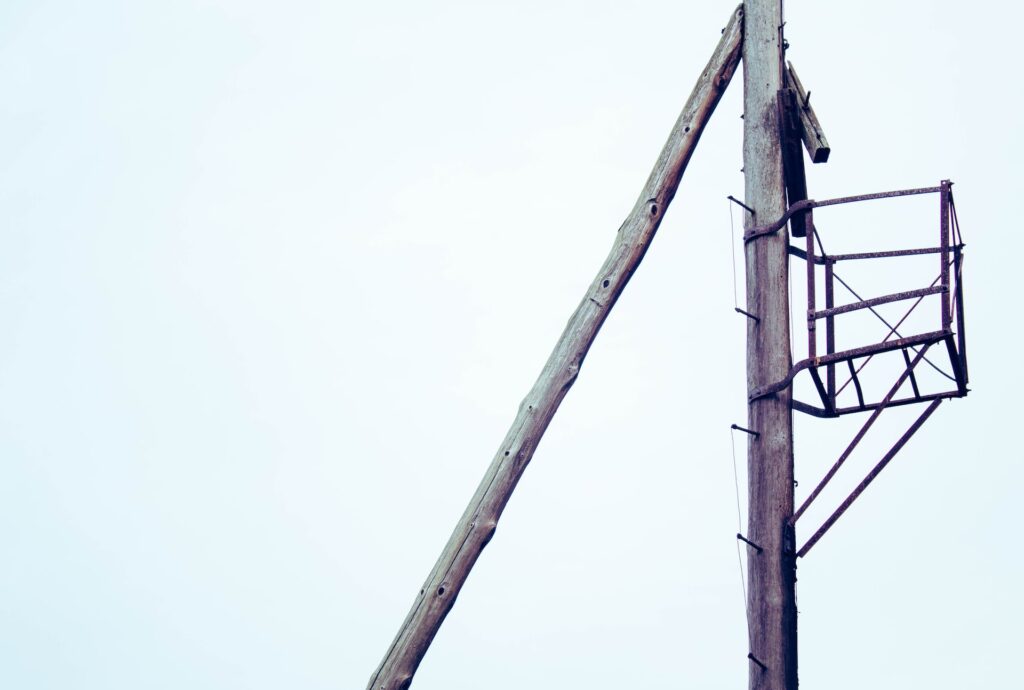
In prior period wooden poles were utilized for 400 volts and 230 volts L.T. line and 11 K.V. H.T. line in an enormous manner. In some event for 33 KV line, we utilized wooden poles . The expense viability of a wooden pole is substantially less in contrast with other electric pole and the use caused for its establishment is likewise relatively extremely less. On the off chance that legitimate upkeep and treatment are finished on the wood, the wooden pole keep going for an extensive stretch.
For these all explanation, in prior days wooden poles were enormously utilized. Shaal wood was normally gotten use for electrical pole. Since for wooden electric pole, the best nature of the wood is ‘shaal.’ The typical load of ‘shaal’ wood is 815 kg for every cubic meter Apart from Shaal, Masua, Tik, Chir, Debdaru woods are likewise utilized for the reason according to their accessibility. As of now, to save and safeguard backwoods, to keep up with environmental equilibrium, the utilization of wooden pole is practically halted. The wooden poles are partitioned into three classes according to their ability to bear the heap of electric transmitters.
- The breakdown force is over 850 Kg/cm2. Models are Shaal, Masua wood, and so on.
- The breakdown force is between 630 Kg/cm2 and 850 Kg/cm2. Models are Tik, Seishun, Garjan wood, and so on.
- The breakdown force is between 450 Kg/cm2 and 630 Kg/cm2. Models are Chir, Debdaru, Arjun wood and so forth.
The wood utilized for electric pole should be liberated from defects. Straight wood is much best for the reason. Since we can barely get completely straight wood of such length without deformity, so a piece bended wood is likewise satisfactory. Whenever required, two short length poles can be joint together to utilize.
How to treat with Wooden Pole
The flavoring of the wood is to be done first. And that implies, drying the wood appropriately. The mushroom can harm the wood and termites can cause the most extreme harm to the wood. Because of intensity and humidity, the wood gets harmed. These kinds of harm generally occur in the piece of pole beneath or close by the ground level. To shield from dampness and termite legitimate synthetic treatment is finished in the wood. To do appropriate upkeep, Tar blended in with Creojet Oil or Copper Crom Arsenic are utilized. The following treatment is called Askew treatment. In this cycle, the poles are kept inside a round and hollow air fixed tank. In the tank, poles are drenched in Copper Crom Arsenic compound. 100 kg for each square meter pressure is made inside the tank to some degree for 60 minutes. Because of such high tension, the chemical compounds goes inside the pores of the wood. Thus, the dampness and termites can’t go after the wood for quite a while.
In the event that because of any explanation the wood isn’t as expected treated, prior to raising the pole two layers of Creojet oil is to be applied to the whole surface of the pole. Bituminous Creojet Oil, is to be involved on the piece of the dirt as well as up to 50 cm or 20 inches over the dirt. In the event that it is unimaginable, basically tar should be applied on such surface of the pole. In the event that any of the medicines are not practical, essentially you consume the base external surface of the pole up-to two meters to keep the pole from termite and dampness.
The highest point of the pole ought to be cut into a sharp cone shape so that water can’t remain on the highest point of the pole. Then we cut appropriate scores according to expected in the upper part of the pole to firmly fit cross arms. We additionally drill openings on the pole for a similar reason. The measurement of the penetrated opening fluctuates from 17 mm to 20 mm. To fit, D-molded iron clip, grooves are excessive, bored opening in the expected distance is adequate. The distance between the top opening and top tip of the pole ought to be something like 200 mm or 8 inches. All such opening or furrows ought to be made before the treatment. One ought to try not to do such openings and furrows on the pole, when the pole is dealt with. Assuming we make openings or furrows after the treatment, we should apply creosote oil or bitumen on those openings and furrows.
Concrete Electric Pole
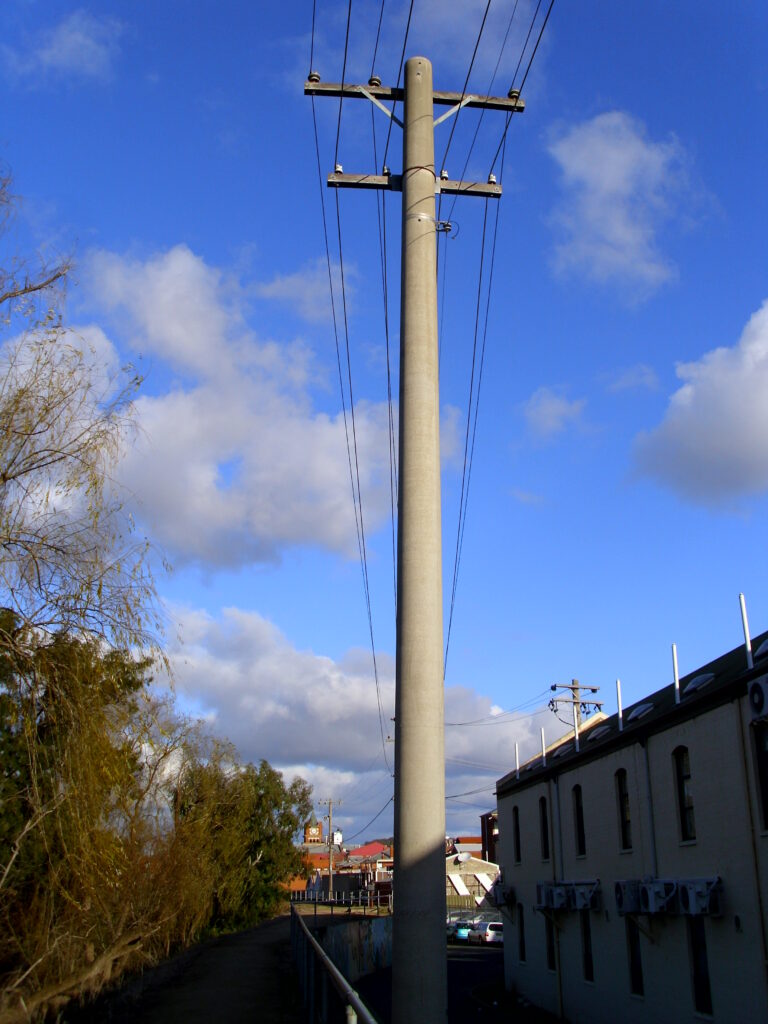
There are two kinds of concrete poles:
- R.C.C. Poles
- P.C.C. Poles
At present P.C.C. poles are utilized in 11 KV and 400/230 volt framework to an enormous scope, aside from this, we also use PCC poles in 33KV H.T. Line. This sort of poles is costlier than a wooden pole yet less expensive than a steel pole. This sort of poles has a more extended life, and the upkeep cost is unimportant. The strength of the PCC Pole is considerably more than that of a wooden pole yet not exactly that of a steel pole. The main inconveniences of this pole are, it is exceptionally significant and fragile.
The concrete electric pole is made of concrete. To build the strength, we utilize iron bars or poles support in the concrete. For earthing reason, we place a copper piece of size 25mm × 3mm inside the pole during cementing, or we save an empty direct in the pole for embedding the earthing wire. To fix various fittings on the pole as required we keep 20 mm width openings on the pole during cementing.
The cross-part of the pole generally greater in the base than that in the top. The cross part of the PCC pole is rectangular, not square.
According to horizontal burden limit and level of the pole, the concrete poles are separated in to 11 classes
| Classification of Pole | Height in Mtr. | Excavation of FootingDeftness in Mtr. | Maximum LateralLoad in Kg.2 |
|---|---|---|---|
| 1 | 16.5 – 17 | 2.40 | 3000 |
| 2 | 16.5 – 17 | 2.40 | 2300 |
| 3 | 16.5 – 17 | 2.40 | 1800 |
| 4 | 16.5 – 17 | 2.40 | 1400 |
| 5 | 14.5 – 16 | 2.30 | 1100 |
| 6 | 11.5 – 12 | 2.00 | 1000 |
| 7 | 11.5 – 12 | 2.00 | 800 |
| 8 | 11.5 – 12 | 2.00 | 700 |
| 9 | 9.5 – 11 | 1.80 | 450 |
| 10 | 8 – 9.0 | 1.50 | 300 |
| 11 | 6 – 7.5 | 1.20 | 200 |
Note: the unearthing of footing additionally relies upon the nature of soil, it contrasts from relying upon the area.
Steel Tubular Electric Pole
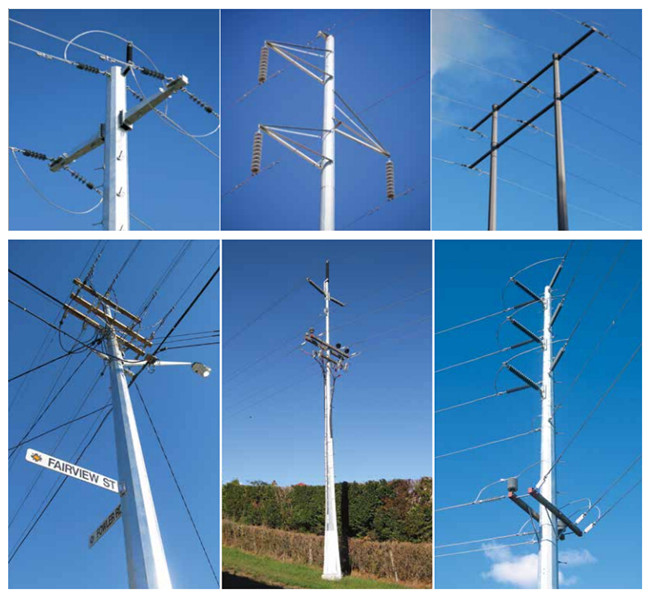
The load bearing limit is significantly more in steel tubular pole in contrast with that of wooden pole and concrete pole. Assuming appropriate upkeep is finished, these poles keep going for longer period. Yet, because of unreasonable expense, step by step the utilization of this pole is bit by bit diminishing. These poles are utilized for 400/230 volt low and medium current framework. We additionally utilize these poles in 11 KV H.T. line. Now and again for we utilize these poles in high voltage like 33 KV framework.
Types of Tubular Poles
There are two types of tubular poles:
- Stepped Pole
- Swaged Pole
Elements of Steel Tubular Poles:
- Made of excellent steel
- Simple installation system and low upkeep fees
- corrosion resistant
- They are strong and have long life span
Applications and utilizations of Steel Tubular Poles:
- Road Lighting
- Traffic light lighting
- Signage
- Power Distribution
- CCTV reconnaissance
- Sunlight based Lighting
Rail Electric Pole
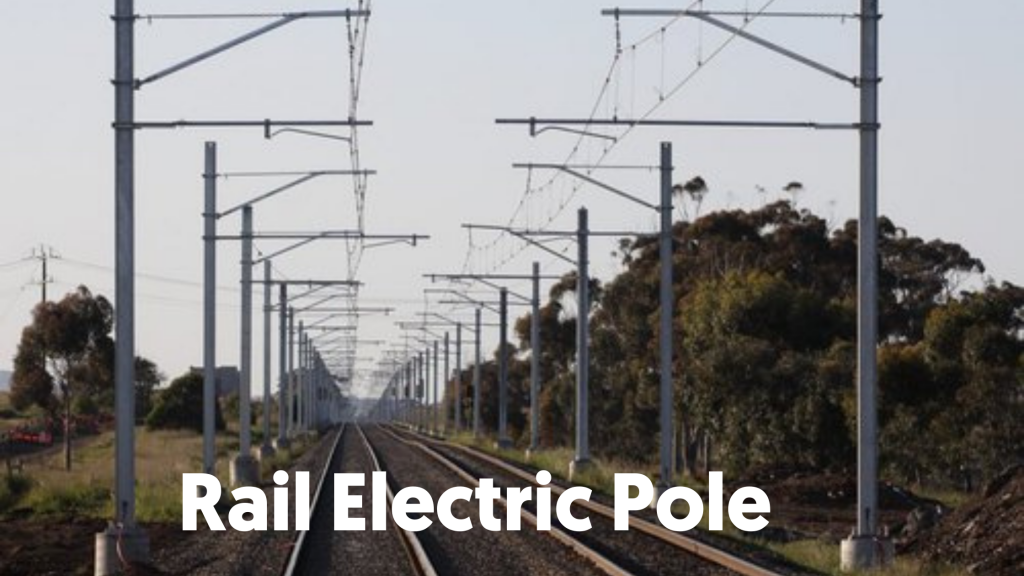
The strength of rail pole is greatest, so the expense is additionally most extreme. The weight is additionally more and because of such weight factor, the expense of transportation, loading, and unloading are more. For 400/230 volt line, this pole isn’t utilized. In 11 KV and 33 KV framework, we use rail poles. Rail pole utilized in overhead line are of by and large in four sizes.
- 30 kg for every meter
- 37 kg for every meter
- 45 kg for every meter
- 52 kg for every meter
We regularly utilize 45 kg for each meter rail pole in 11 KV and for 33 KV we utilize 45 kg for every meter and 52 kg for every meter rail poles. The length of the different size rail pole varies from 9 meters to 13 meters. Prior to utilizing of rail pole, we use no less than one coat red oxide on the rail pole. In the event that we apply tar coat on the base part up to a specific level over the ground, the solidness of the pole increments. The upward load bearing limit of the rail pole is more than level load-bearing limit.
These are four different types of electrical pole, wooden electrical pole, concrete electrical pole, steel tubular electric pole, rail electric pole. In this article, it talks about the application and basic details. After the electric pole, we are going to talk about the pole line equipment.

